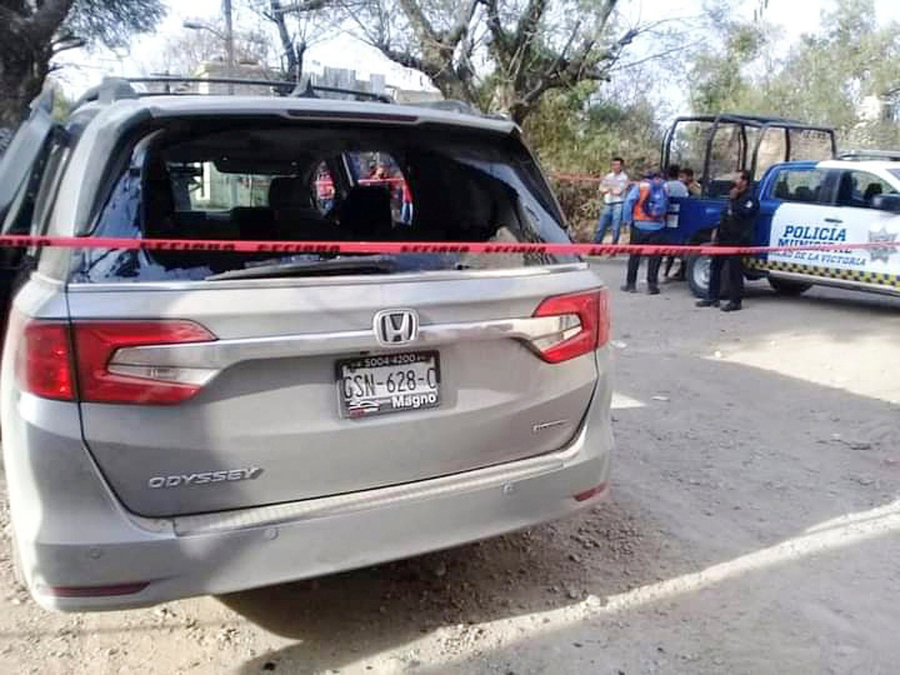SILAO, Mexico — Disruptions in the global supply chain caused by the coronavirus pandemic create an opening for this nation to grab manufacturing business from Asia, but continued cartel violence along the border and in the growing industrial heartland here now threaten that opportunity.
One executive in North Texas with operations in the state of Guanajuato said U.S. companies worry about the constant threat of kidnappings, saying “there is a disconnect between what the government says it can provide and what it can actually do” when it comes to safety.
The executive, who lacked permission to speak publicly and asked not to be identified, added, “Imagine if those threats didn’t exist. The incentive to invest millions more would be insane.”
Mexico is the U.S.’s No. 2 trading partner with $538 billion in annual cross-border trade. But worldwide lockdowns and labor shortages in the manufacturing, shipping and transportation industries have some economists encouraging U.S. manufacturers to shift more of their outsourced work from far away southeast Asia, where China is the No. 1 U.S. trading partner, to the U.S.’s neighbor to the south.



